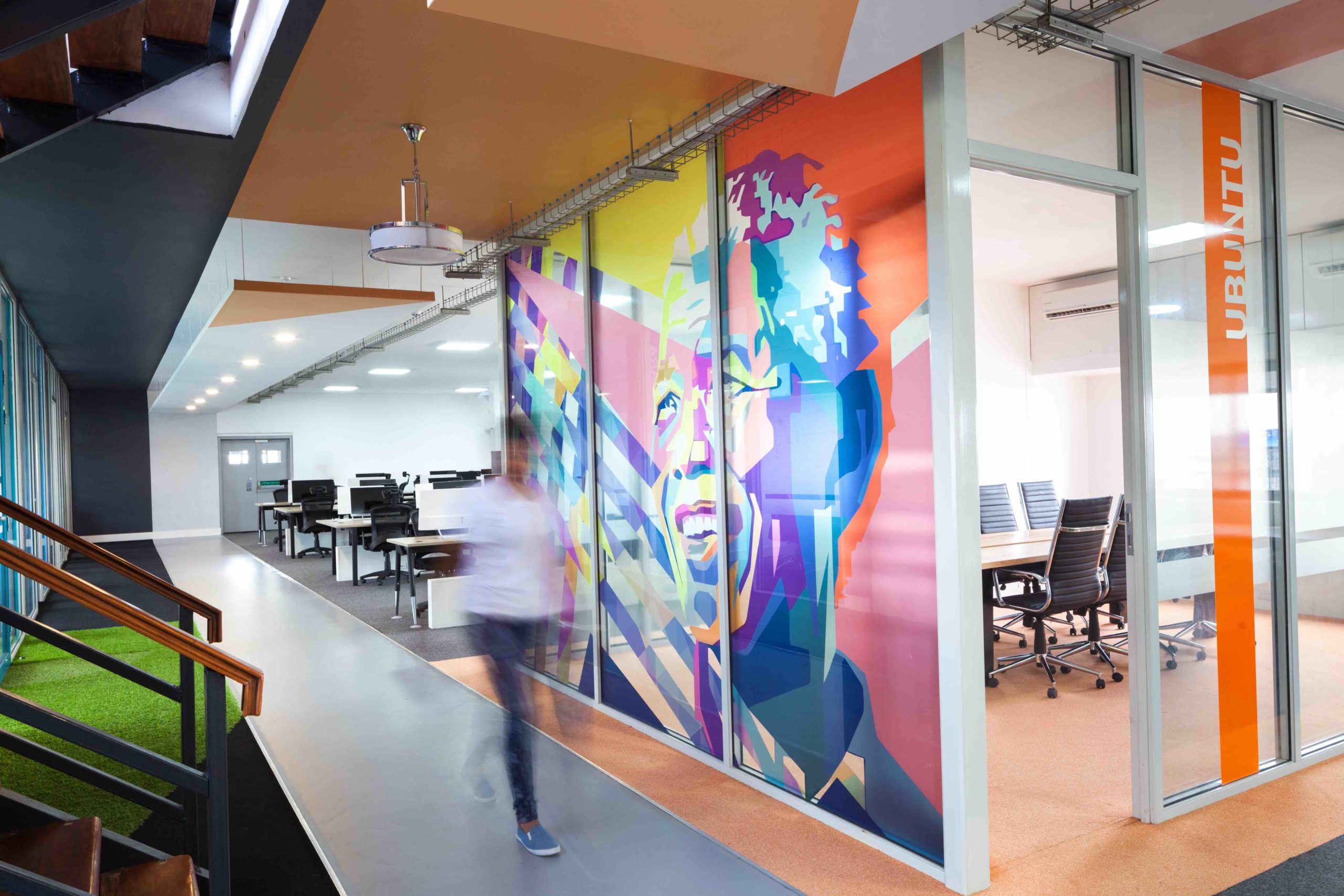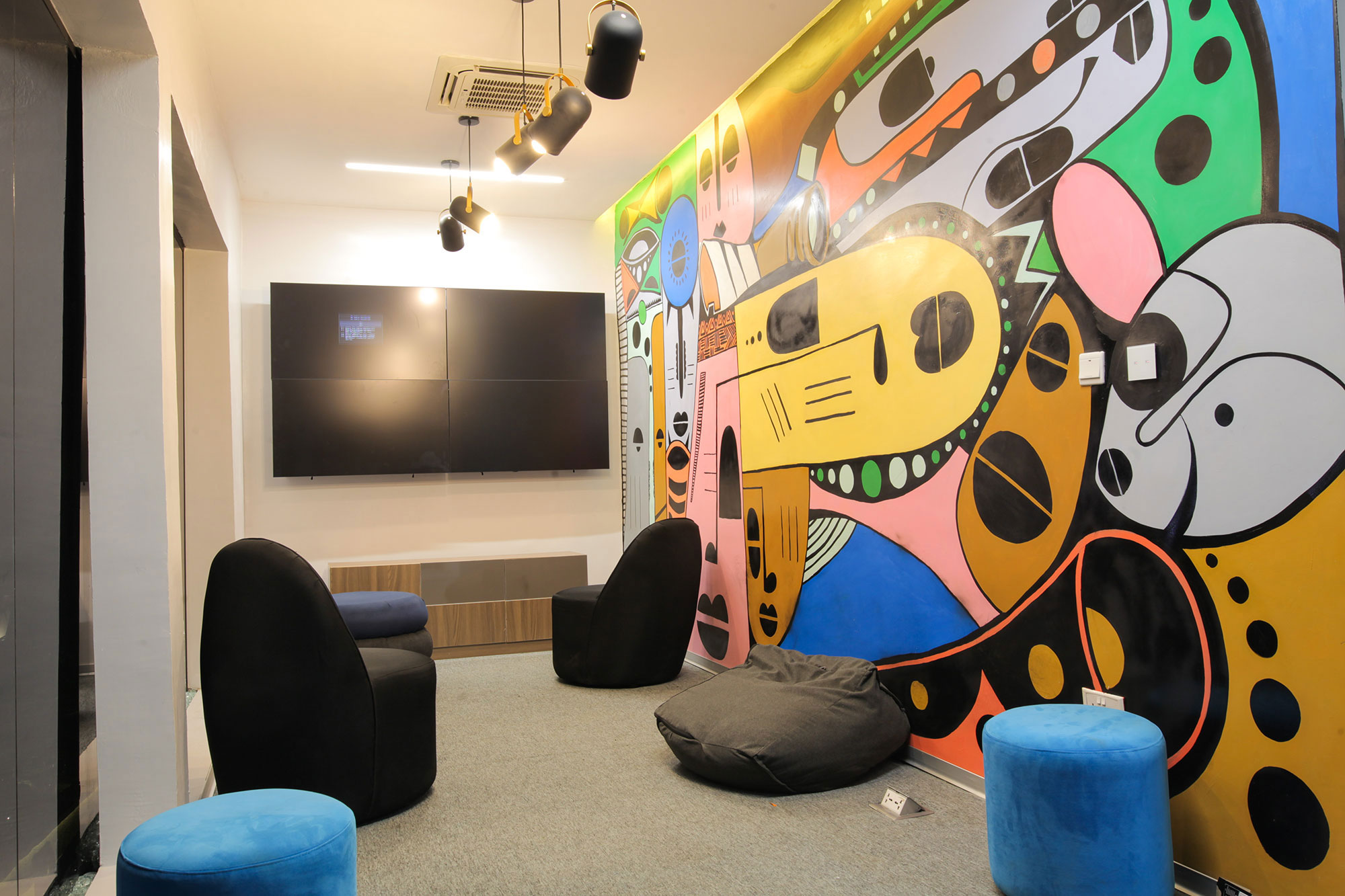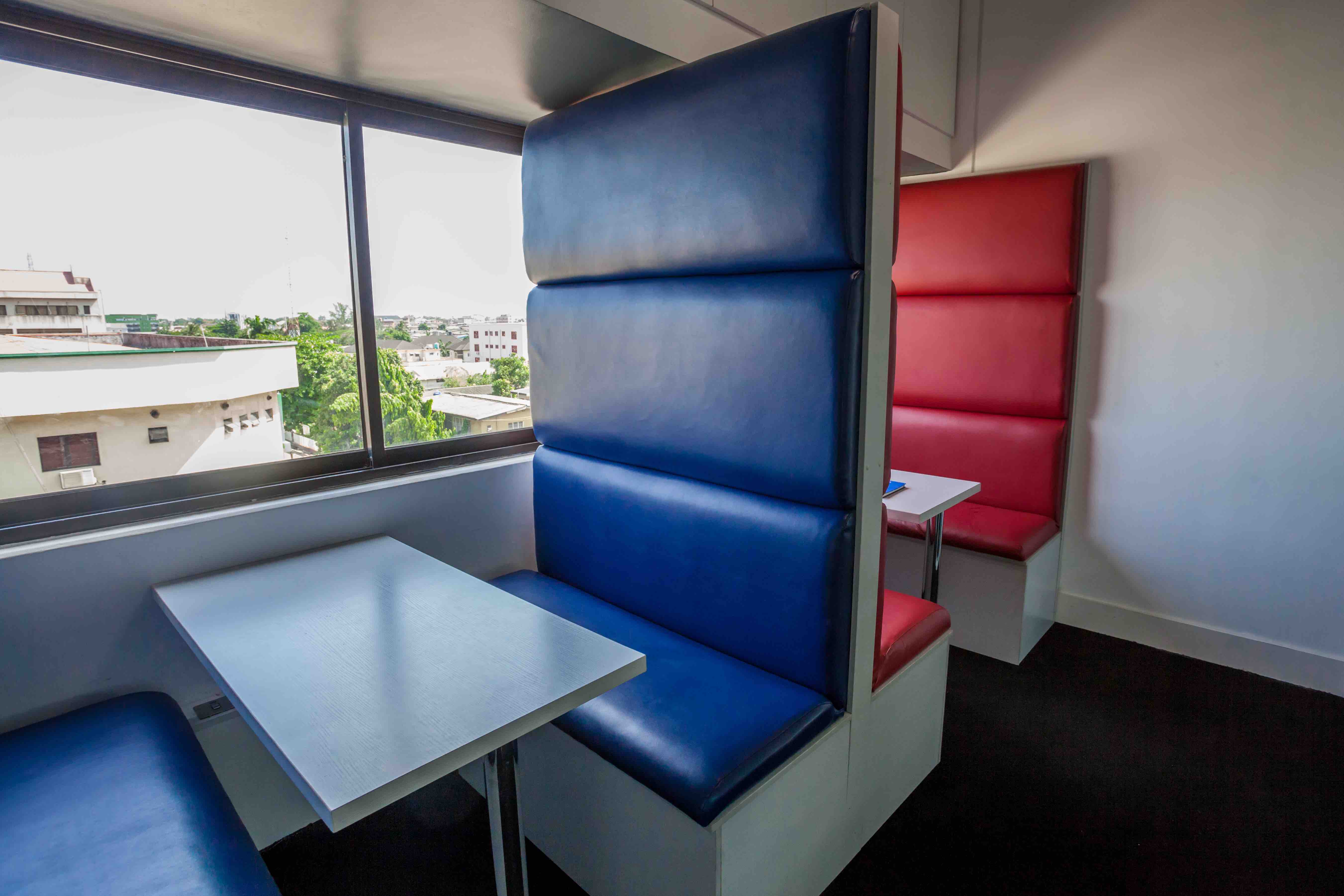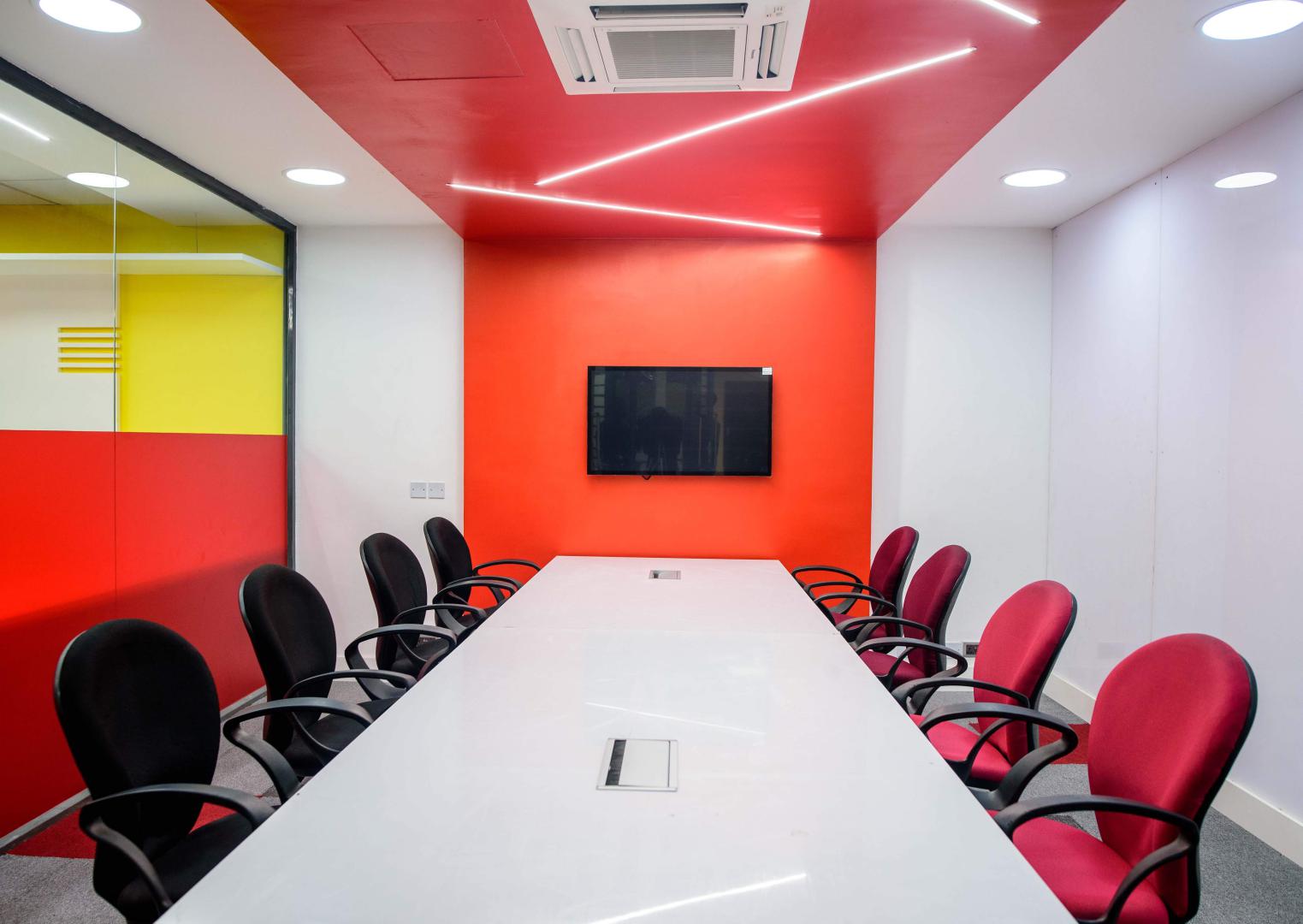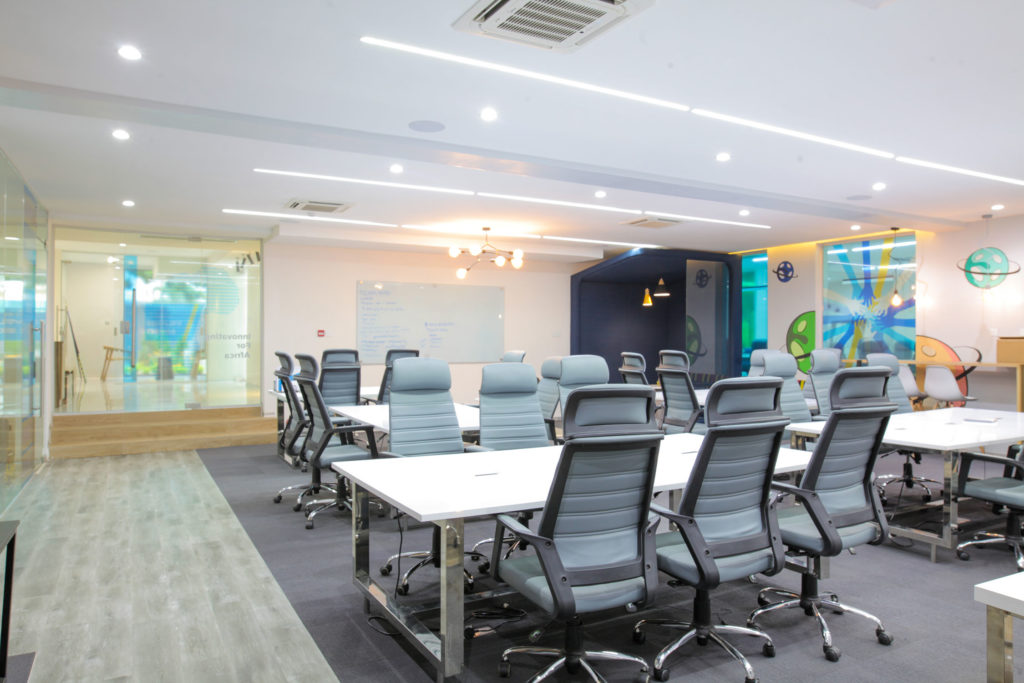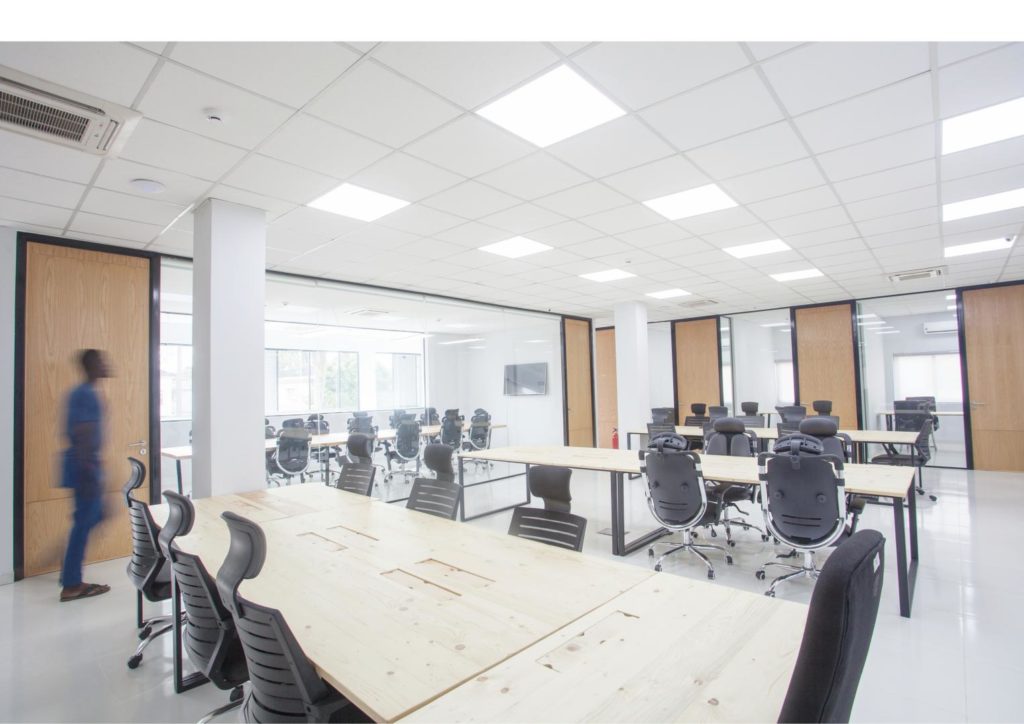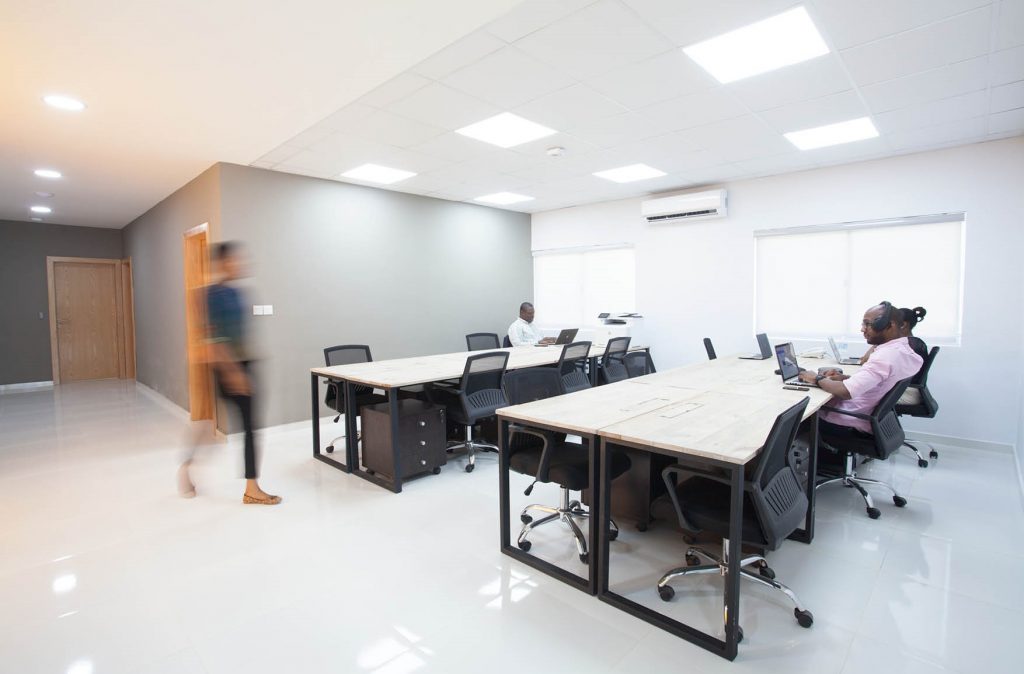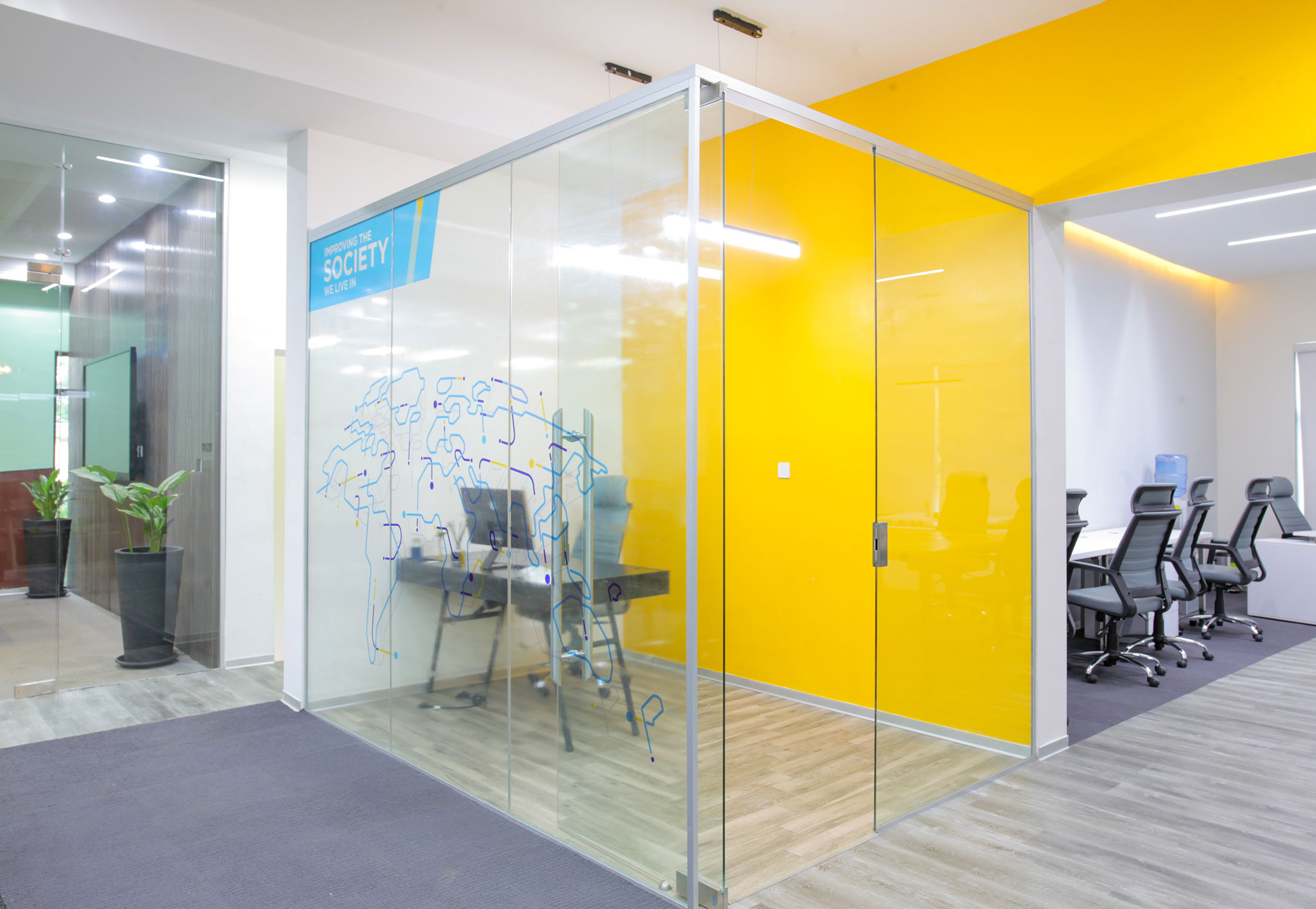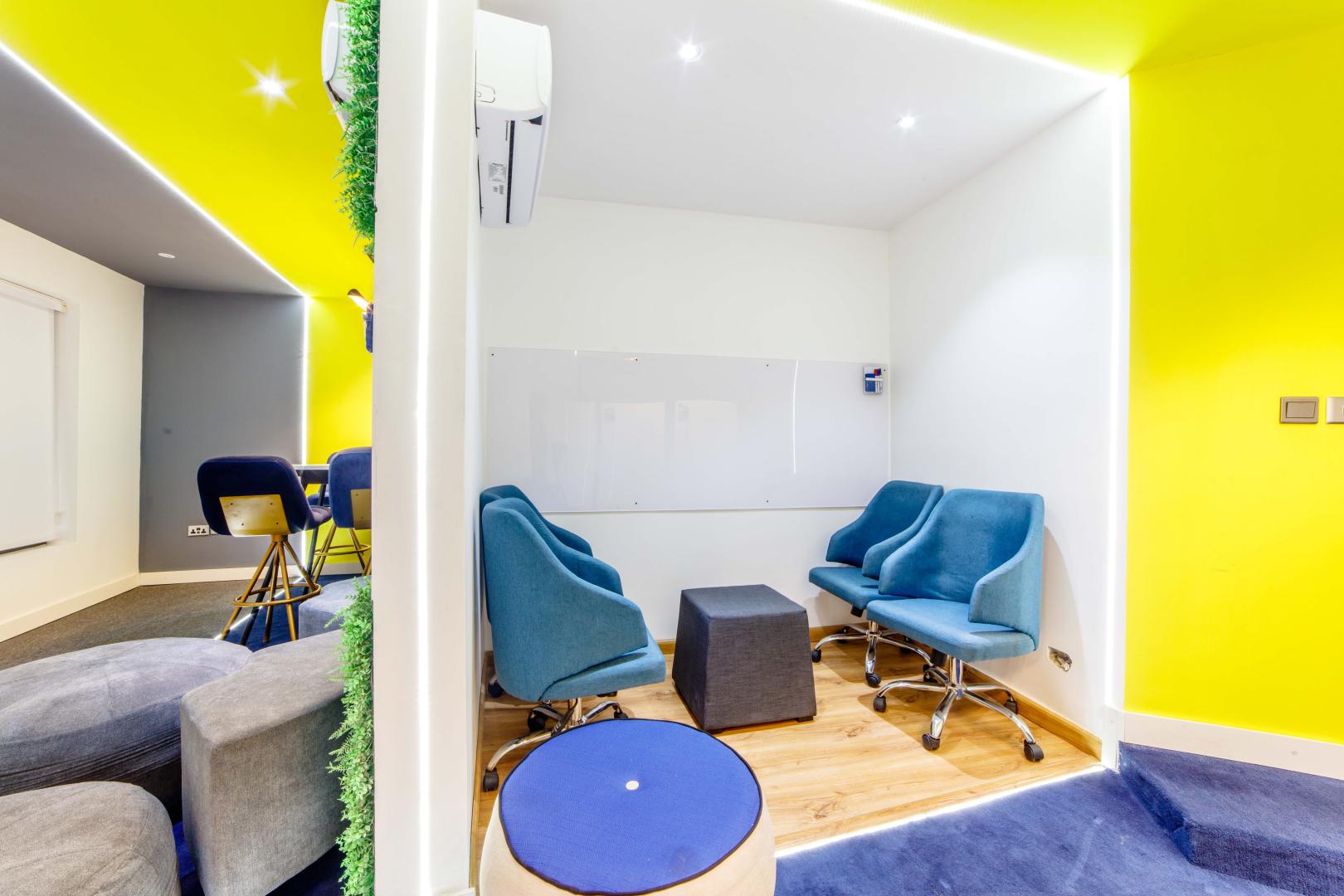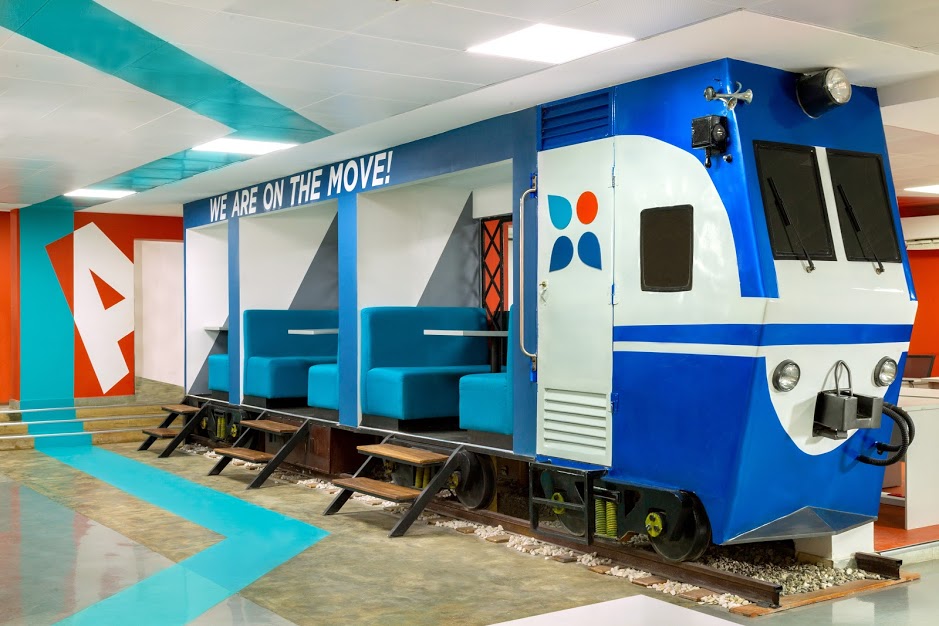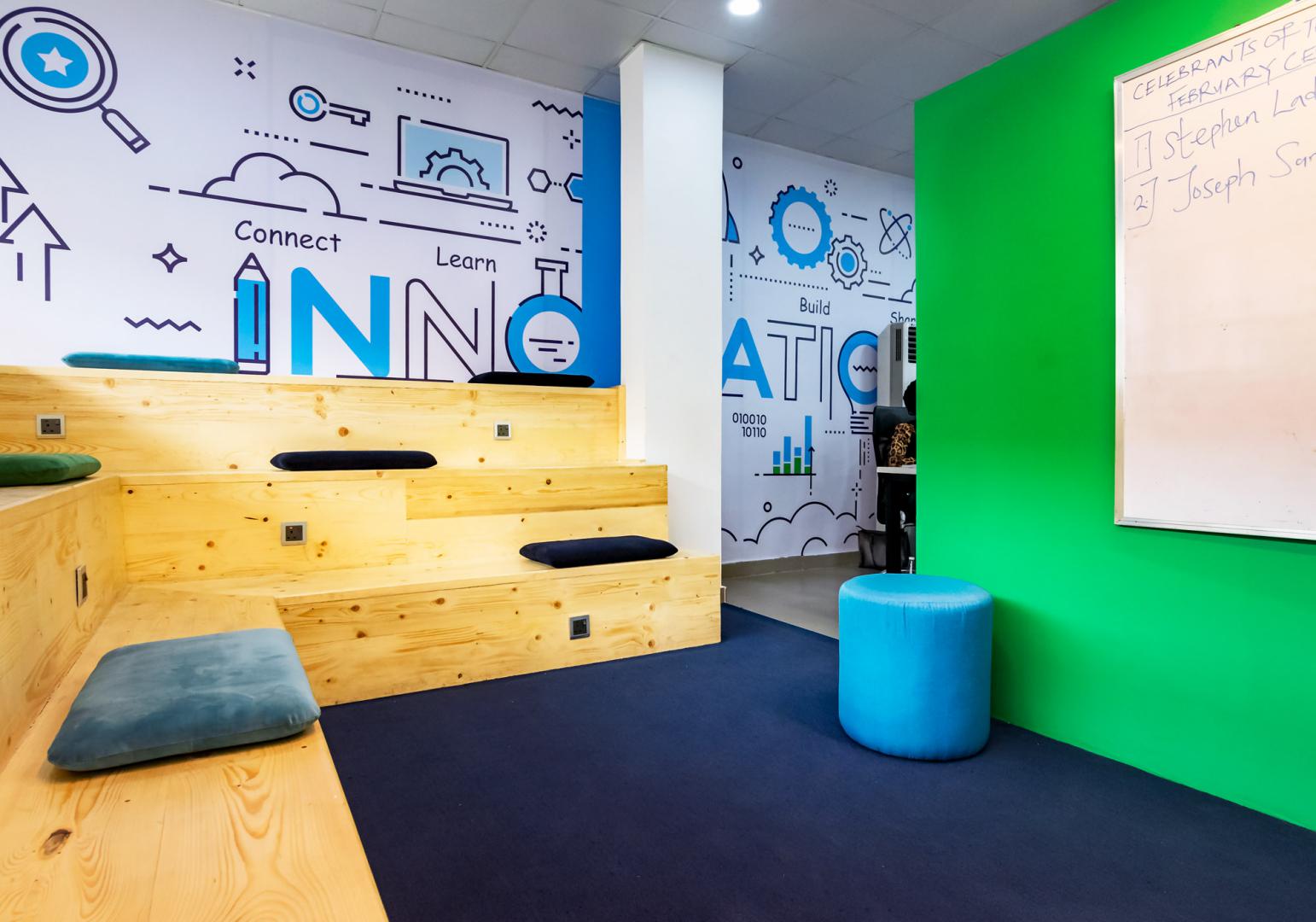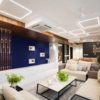Did you know that more than seven out of ten professionals view office facilities that meet their needs as an important factor in their choice to remain in a job?
In a way, that makes sense, considering that most of us spend more than one-third of our life at work. So how can employers make the help employees feel more valued and be more productive at work? One of the obvious ways is through meaningful and well-thought out interior design for a welcoming and positive workspace!
Wondering how you can make meaningful changes to your small office design? We have some simple and helpful tips that will work in almost any modern workspace – read on to learn more.
Colors of furniture and interior wall affect the mood
From as simple as a coat of paint on the wall, to the color scheme of the desks and furniture, the colors in the workspace can affect our mood. For example, blues and greens tend to be more relaxing colors on the spectrum compared to energizing colors like reds and oranges.
Depending on what the room or space is used for; consider changing up the color palette to create the right environment for maximum productivity:
- Blue: Good for common workspaces – calming yet keeps people from feeling sleepy (great for productivity)
- Green: Great for common workspaces, discussion areas or meeting rooms – creates a sense of alertness and reduces eye fatigue– super useful for those active collaborations
- Red: Good for common spaces – invokes creativity and stimulation but should be used sparingly as accent colors as it also could be perceived as too threatening
- And more
Play around with color theory and complement your brand colors while considering a palette that suits your specific office needs.
Lighting affects concentration on work
Yet another simple but critical factor that could make or break the office design. Lighting affects humans in many subtle ways – from affecting our mood to directly affecting our concentration.
Natural light is ideal as a lighting source since humans are most attuned to it. However, not all offices may have the luxury of large windows. So, what can other workspaces do for lighting?
Interior architects for workspaces recommend replicating natural daylight cycles with artificial lights – using brighter lights in the day and dimmer lights in the night.
Other lighting tips to consider:
- Avoid positioning lighting sources that could result in glare (that could create unwanted discomfort and eye strain)
- Use varied lighting for different purposes, e.g. pendant lights can be used for a focused working atmosphere.
- Use more glass partitions to allow more light into the space
- Utilize matte paint to avoid too much reflective glare
- Use curtains or shades to reduce glare from windows
- Ensure regular cleaning and maintenance of light sources
Private Spaces – For Focused Work, Collaboration or Conflict Resolution
One of the biggest gripes of those dissatisfied with their workspace design tends to be because of the lack of private spaces.
Regardless if you are planning for an intense brainstorming meeting with a small team, wanting some space to focus on your presentation before a big meeting, or looking to settle a conflict with a colleague, a common space is just not ideal.
That is where private spaces come into play. However, how to demarcate space for these much-needed private rooms without causing the workspace to feel even smaller? By using obscure glass partitions or dividers! Choose from a range of matte and textured obscure glass partitions for your conference rooms, discussion corners, working pod doors or any other intimate private spaces.
The differing opacity depending on the glass partitions texture can offer you the level of privacy and light you need for the situation. Win-win! You cannot achieve this effect with any other types of materials except privacy glass.
Work Safety becomes essential
In this new “normal” with COVID-19, the workplace as we know it has a new challenge – social distancing. How can employers make the necessary changes to the workplace to help employees feel safer while at work? The answer: Sneeze guards (a protective panels)

Easy to install, non-intrusive (since it is made of clear high-quality glass) and effective in protecting employees from contact with each other and customers. Click here if you’re looking to buy cut to size glass of you need.
Trust us; when we say, we mean it, as your employees will thank you for keeping their safety in mind!
Other Simple Office Improvement Projects
- Decorate the office with low-maintenance indoor plants to help combat stress and clean the air
- Spruce up the workspace with some beautiful artwork – looking at art could help enhance creativity and productivity
- Invite your employees to bring their personal items to the office – it helps create a more comfortable environment for them
Before you start implementing any office improvement projects, make sure you speak to the team and hear out their needs! After all, those are the specific needs you are trying to address!
Have more ideas on improving office design in your workplace? Share with us in the comments below.




